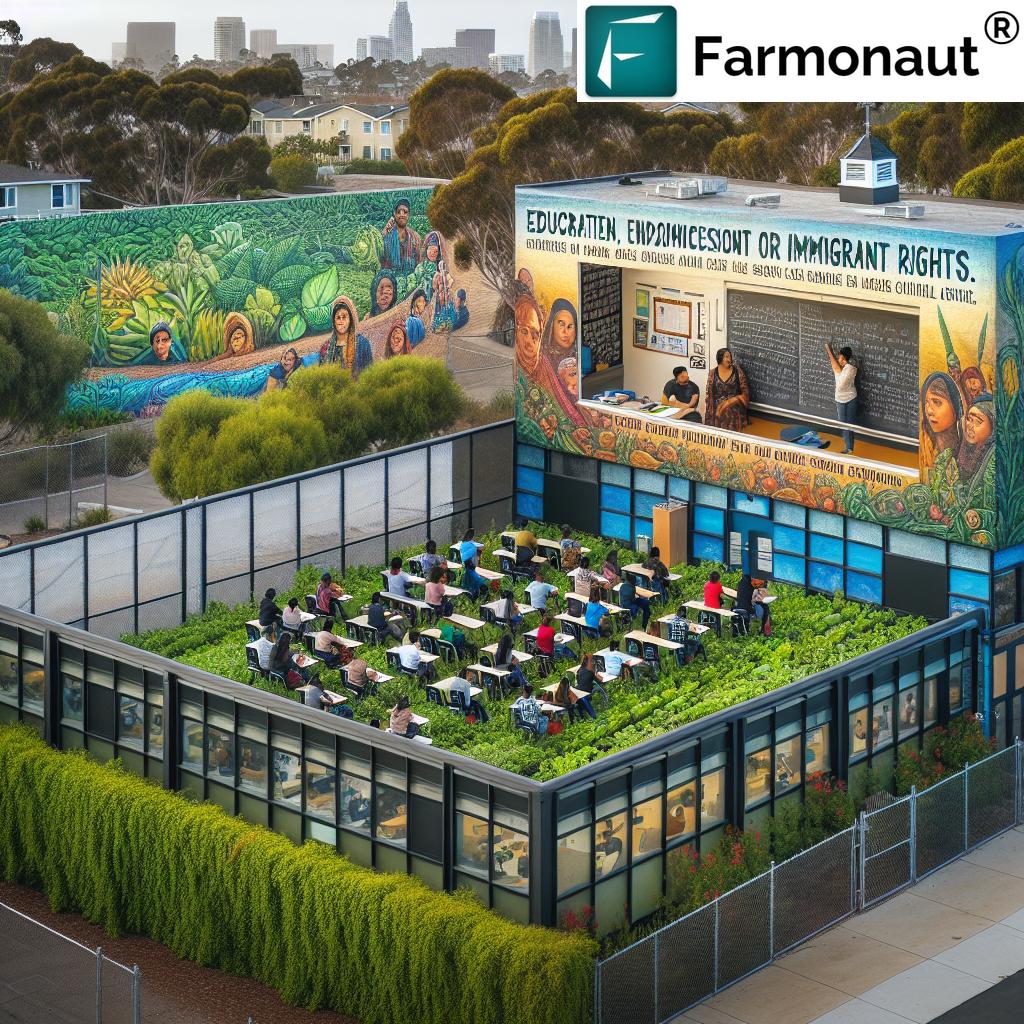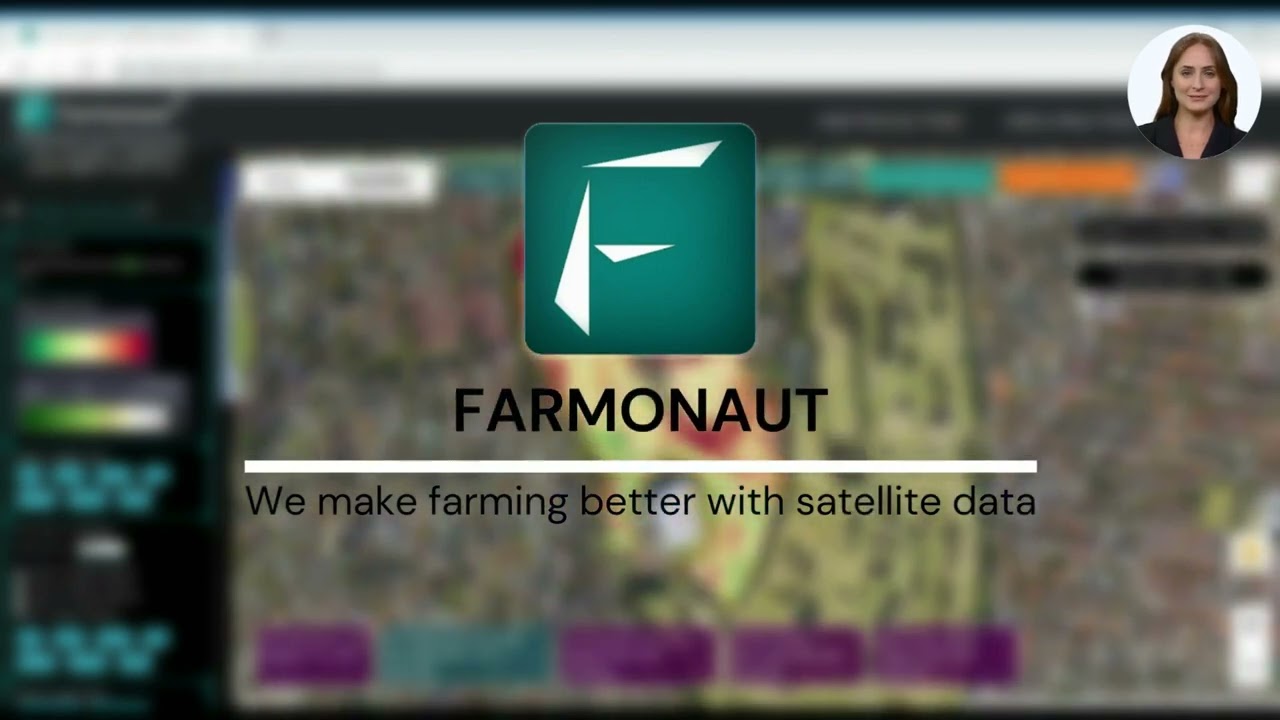Unraveling San Diego’s Immigration Struggle: Art, Culture, and Advocacy at the U.S.-Mexico Border

“Over 1 million Mexican-Americans were deported during the Great Depression’s “repatriation drives” in the 1930s.”
As we delve into the complex tapestry of San Diego’s immigration issues and the profound impact of U.S.-Mexico border deportation policies on Latino cultural identity, we find ourselves at the intersection of history, art, and advocacy. This comprehensive exploration will unravel the multifaceted challenges faced by immigrant communities, the resilience they’ve shown, and the powerful role of art in preserving cultural heritage and advocating for immigrant rights.
The Historical Context of Mass Deportations
To understand the current immigration landscape in San Diego, we must first look back at the tumultuous history of mass deportations that have shaped the region’s demographic and cultural makeup.
- Depression-era “repatriation drives”
- Operation Wetback in the 1950s
- Recent administration policies
The Great Depression era saw one of the most significant mass deportation efforts in U.S. history. Dr. Ramona Perez, a professor of Anthropology at San Diego State University, provides insight into this dark chapter:
“The ‘repatriation drives’ affected roughly 1.8 million people, including my grandparents. It was a time when people felt like we had to voluntarily go back.”
This period of forced exodus had far-reaching consequences, not only for those directly affected but for generations to come. A 2004 investigation revealed that approximately 60% of those deported during this time were actually U.S.-born citizens of Mexican descent, highlighting the indiscriminate nature of these policies.
The Ongoing Struggle: Current Immigration Policies
Fast forward to the present day, and we see echoes of past policies in current administration approaches to immigration. President Donald Trump’s campaign promise of “the largest mass deportation in the history of our country” has led to increased border enforcement in San Diego and nationwide.
Secretary of Homeland Security Kristi Noem’s nationwide ad campaign warning undocumented individuals to “Leave now, if you don’t we will find you, and we will deport you” has created a climate of fear and uncertainty within immigrant communities.
The psychological impact of such rhetoric and policies cannot be understated. Benjamin Prado from the American Friends Service Committee expressed concern over the administration’s use of deportation imagery, stating that it’s “trying to terrorize and use this imagery in a way that forces people to be fearful of any type of ICE encounters.”
Cultural Assimilation and Identity Challenges
The struggle to maintain cultural identity while integrating into American society is a central theme in the San Diego immigration narrative. Many families, like Dr. Perez’s, have faced the difficult choice of assimilating at the cost of altering their cultural identity.
Dr. Perez uses the Spanish word “Verguenza” to describe the deep-seated cultural shame that discrimination causes:
“It’s a shame that’s bigger than the individual. It’s cultural. It impacts us as a people, rather than as an individual.”
This sentiment is echoed in the experiences of many Mexican-American families who have grappled with the pressure to assimilate while trying to preserve their cultural heritage.
Art as a Tool for Cultural Preservation and Advocacy
“Chicano Park in San Diego boasts over 80 vibrant murals depicting Latino cultural heritage and immigrant struggles.”
In the face of these challenges, art has emerged as a powerful medium for cultural expression and advocacy. Nowhere is this more evident than in San Diego’s beloved Chicano Park.

Victor Ochoa, a muralist and co-founder of the park, highlights the importance of community art:
“Our community isn’t going to galleries, and the main reason that I see they don’t go is because they can’t relate to the material that are in the galleries.”
The murals of Chicano Park serve as a vibrant street gallery, showcasing the issues impacting the community and pieces of Mexico’s history. These artworks not only preserve cultural heritage but also act as a form of resistance and advocacy for immigrant rights.
The Civil Rights Movement and Its Impact on Immigrant Communities
The civil rights movement of the 1960s played a crucial role in shaping the discourse around immigration and cultural identity. Ochoa, who was deeply influenced by this era, describes it as a transformative time:
“The movement, the social civil rights movement of the ’60s… I was right there. I felt like a surfer in a tsunami. I always say this because the movement was all over the place.”
This period saw the rise of Chicano activism, which sought to address issues of discrimination, educational inequality, and labor rights for Mexican-Americans and other Latino communities.
Sustainable Efforts to Preserve Cultural Identity
In the face of ongoing challenges, sustainable efforts to preserve Latino cultural identity have taken root in San Diego and beyond. These initiatives span academia, community organizations, and grassroots movements.
- Academic programs focused on Latino studies
- Community cultural centers
- Language preservation initiatives
- Cultural festivals and events
Dr. Perez’s work at SDSU’s Center for Latin American Studies and the Oaxaca Center for Mesoamerican Studies exemplifies these efforts. She emphasizes the importance of creating a foundation for cultural preservation:
“We have the ability and the responsibility to maintain our culture in these really deep profound ways as foundational. In other words, we… create that foundation upon which others can move up from.”
These initiatives not only help preserve cultural heritage but also foster a sense of pride and belonging among younger generations of Latino-Americans.
The Role of Technology in Cultural Preservation and Advocacy
In today’s digital age, technology plays an increasingly important role in preserving cultural heritage and advocating for immigrant rights. Platforms like Farmonaut’s traceability solution can be adapted to document and preserve cultural artifacts and traditions, ensuring their longevity for future generations.
Additionally, social media and digital platforms have become powerful tools for organizing advocacy efforts and sharing stories of immigrant experiences. These technologies allow for broader reach and more immediate impact in raising awareness about immigration issues and cultural preservation efforts.
The Psychological Impact of Deportation Threats
The constant threat of deportation has significant psychological consequences for undocumented immigrants and their families. This climate of fear can lead to:
- Chronic stress and anxiety
- Depression and feelings of hopelessness
- Reluctance to seek medical care or report crimes
- Disruption of family units and community ties
Mental health professionals and community organizations in San Diego are working to address these issues through culturally sensitive counseling services and support groups. However, the scale of the problem remains a significant challenge.
Economic Contributions of Immigrant Communities
Despite the challenges they face, immigrant communities in San Diego make substantial economic contributions to the region. From small businesses to agricultural labor, these communities play a vital role in the local economy.
The crop loan and insurance services offered by companies like Farmonaut can help support immigrant farmers by providing access to financial resources and risk management tools, enabling them to contribute more effectively to the agricultural sector.
| Year | Event | Impact |
|---|---|---|
| 1930s | Depression-era “repatriation drives” | Over 1 million Mexican-Americans deported, including many U.S. citizens |
| 1960s | Civil Rights Movement’s influence on immigrant communities | Rise of Chicano activism and advocacy for Latino rights |
| 1970 | Establishment of Chicano Park | Creation of a cultural landmark and space for community art |
| 1980s-1990s | Increase in border enforcement | Heightened tensions and challenges for cross-border communities |
| 2000s | Post-9/11 immigration policies | Increased scrutiny and restrictions on immigration |
| 2010s | DACA implementation and challenges | Temporary relief for some undocumented youth, ongoing legal battles |
| 2020s | Current administration’s deportation policies | Intensified fear and uncertainty in immigrant communities |
The Future of Immigration and Cultural Identity in San Diego
As we look to the future, the struggle for immigrant rights and cultural preservation in San Diego continues to evolve. Emerging trends and challenges include:
- The impact of climate change on migration patterns
- Technological advancements in border security and surveillance
- Shifting political landscapes and policy priorities
- The role of social media in shaping public opinion on immigration
Adapting to these changes while maintaining cultural identity will require ongoing effort, innovation, and collaboration among community members, advocates, and policymakers.
Conclusion: A Call for Empathy and Action
As we’ve explored the complex tapestry of San Diego’s immigration struggle, from the historical context of mass deportations to the vibrant art of Chicano Park, it’s clear that this is an ongoing story of resilience, cultural preservation, and advocacy.
The challenges faced by immigrant communities in San Diego are significant, but so too are the efforts to preserve cultural identity and fight for immigrant rights. Through art, community activism, and sustainable initiatives, these communities continue to make valuable contributions to the social, cultural, and economic fabric of the region.
As we move forward, it’s crucial that we approach these issues with empathy, understanding, and a commitment to justice. By acknowledging the complex history of immigration in San Diego and the U.S.-Mexico border region, we can work towards more inclusive and equitable policies that respect the dignity and rights of all individuals, regardless of their immigration status.
The story of San Diego’s immigration struggle is far from over, but through continued advocacy, cultural preservation, and community solidarity, we can work towards a future that honors the diversity and contributions of immigrant communities while addressing the challenges they face.
FAQ
- What is the significance of Chicano Park in San Diego’s immigration history?
Chicano Park is a cultural landmark that represents the struggle and resilience of the Latino community in San Diego. Its murals serve as a form of cultural expression and a tool for preserving heritage and advocating for immigrant rights. - How have deportation policies affected San Diego’s immigrant communities over time?
Deportation policies have had significant impacts, from the mass deportations of the 1930s to current administration policies. These have led to family separations, psychological trauma, and challenges in maintaining cultural identity. - What role does art play in preserving Latino cultural identity in San Diego?
Art, particularly the murals in Chicano Park, plays a crucial role in preserving and celebrating Latino cultural identity. It serves as a medium for storytelling, cultural education, and community empowerment. - How has the civil rights movement influenced immigrant advocacy in San Diego?
The civil rights movement of the 1960s significantly influenced Chicano activism and broader immigrant rights advocacy in San Diego, leading to increased awareness and organized efforts to address discrimination and inequality. - What are some current challenges faced by immigrant communities in San Diego?
Current challenges include ongoing deportation threats, cultural assimilation pressures, economic hardships, and psychological impacts of living in fear of immigration enforcement.




















